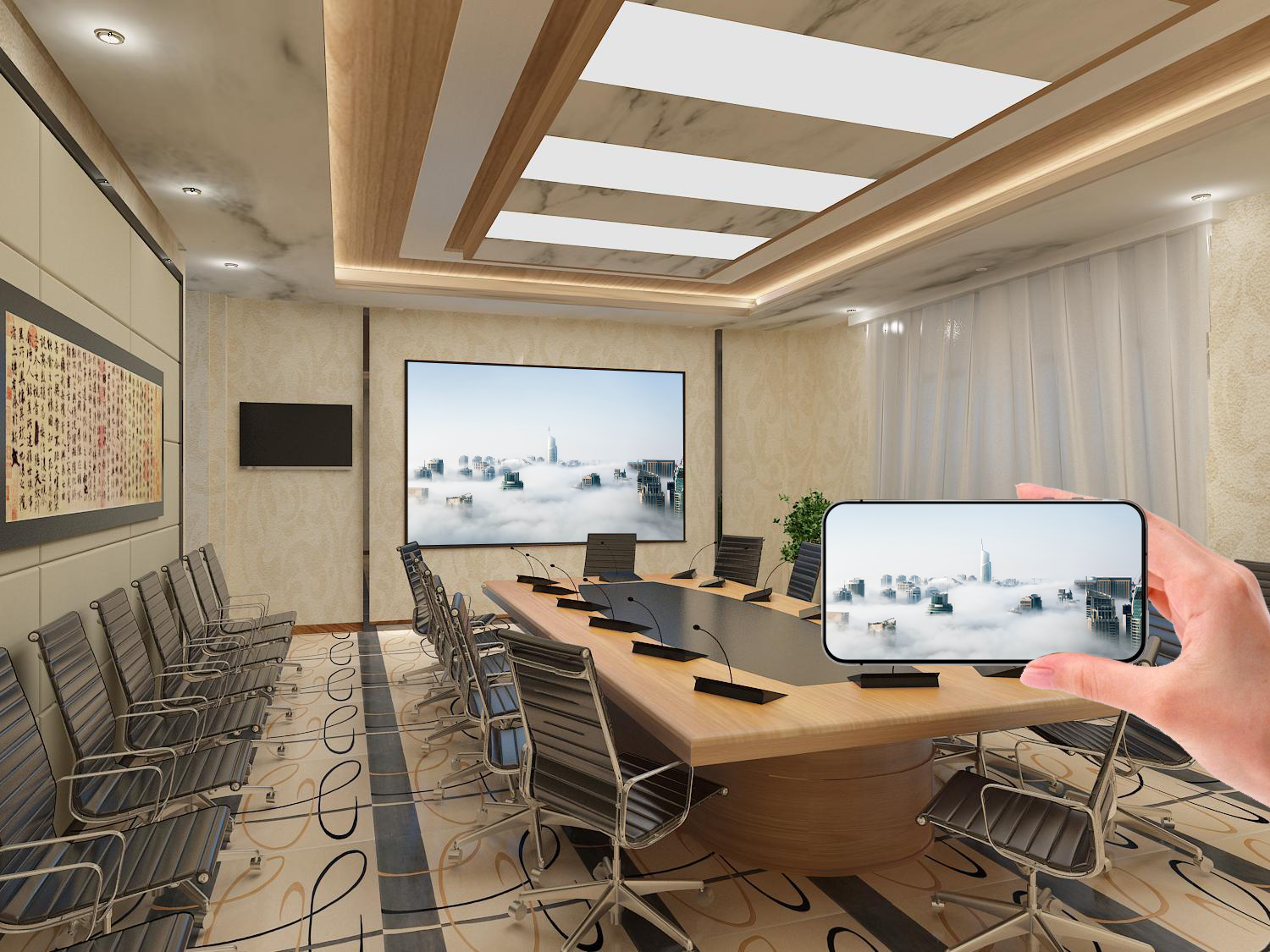As the most commonly used wireless screen mirroring method,
mobile screen mirroring holds significant application value in smart classrooms and wireless meetings. Mastering the correct usage can double the efficiency of teaching and collaboration.
- Swipe down the notification panel and find the “Wireless Projection” or “Screen Mirroring” option.
- Ensure the receiving device (e.g., classroom TV, meeting display) is in a connectable state.
- Select the target device from the list to complete the connection.
- Real-time display of students’ homework, allowing teachers to review and comment instantly.
- Sharing of group discussion results, facilitating communication and learning among peers.
- Quick access to mobile resources (e.g., teaching videos, pictures) to enrich classroom content.
- Open the Control Center (swipe down from the top-right corner on iPhone X and later models) and tap “Screen Mirroring”.
- Select an available receiving device from the detected list.
- Complete identity verification if required (e.g., entering a code displayed on the large screen).
- Quick demonstration of mobile materials (e.g., on-site photos, temporary documents) without transferring files to a computer.
- Real-time display of customer feedback (e.g., chat records, survey results) to facilitate timely discussion and decision-making.
- Flexible content comparison (e.g., comparing two versions of a plan on the mobile screen) for more intuitive collaboration.
- Ensure the mobile phone and the receiving device are connected to the same Wi-Fi network to avoid connection failures.
- Pay attention to battery life—keep the mobile phone charged or connect it to a power source during long-term mirroring.
- Test the connection stability in advance (e.g., 5-10 minutes before class or the meeting) to resolve potential issues promptly.

